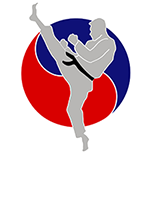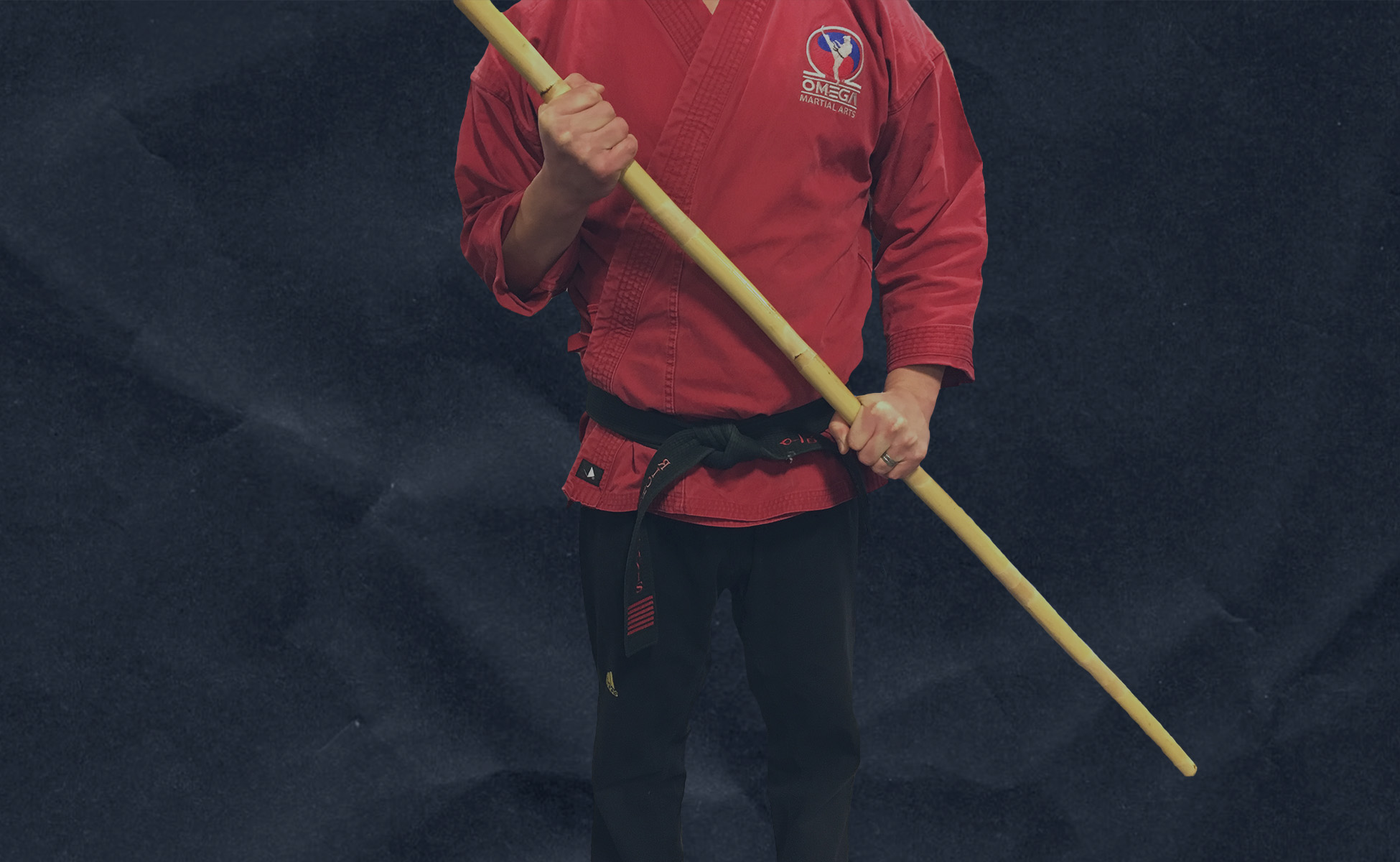BO – History
The Bo, which literally means “staff” (so saying “bo staff” is actually like staying “staff staff”), is traditionally a long wooden weapon usually made from hardwood and measuring about 1.8 meters, or Rokushaku (roku=6, shaku=unit of measurement that equals about 1 foot) but could sometimes be as long as kyushaku (9 feet). Although, the Bo can also be made of more flexible woods, bamboo, or rattan and the length can be adjusted to fit the height of the practitioner.
The earliest versions of the staff can be traced back as far back as recorded history in both the east and the west, however the exact origin is unknown. Over the centuries the use of the bo became more developed and defined, from being a simple stick, club, or branch, used to both defend against attackers and help get food, to what it is today.
When weapons were banned in Okinawa it is believed that the bo was disguised as a tenbin, a stick balanced across the shoulders used to carry buckets of food, water carried on either end. While it may be true that the Okinowans utilized the tenbin as a bo, the bo did not originate as a tenbin. Historians note that the weapons used in Okinawan martial arts are similar to those found in China, Malaysia, and Indonesia dating from before the 14th century.


